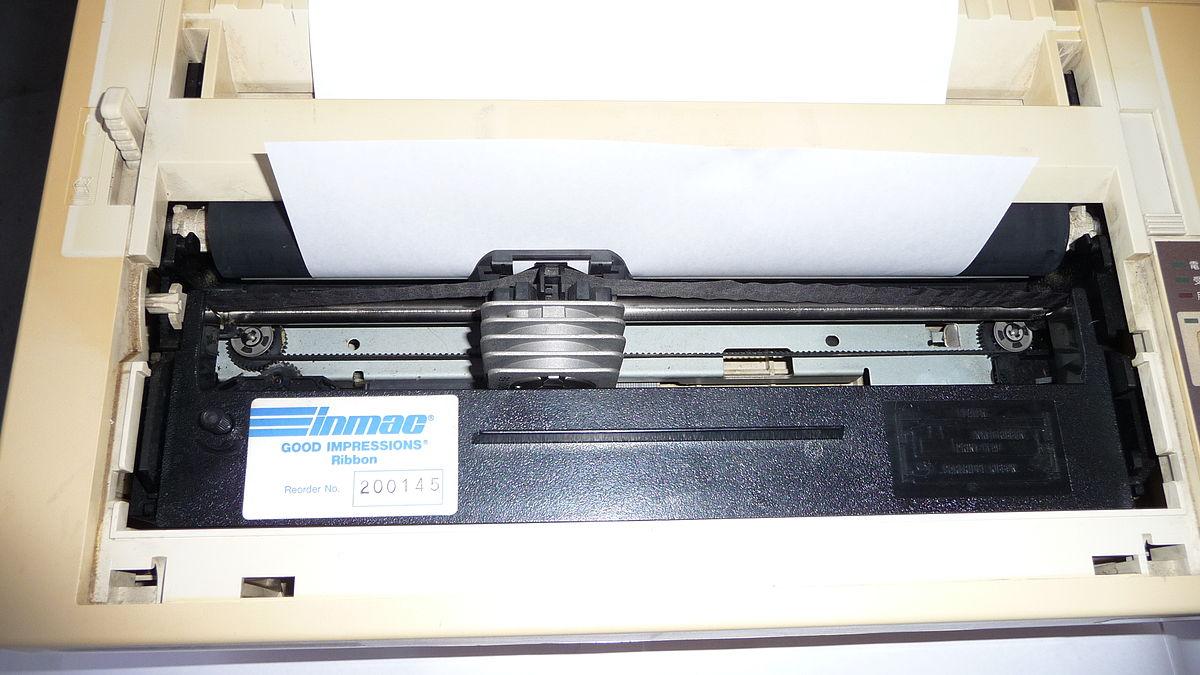
The American paper industry has been in decline. Evites have replaced written invitations; social media and email has supplanted the written letter as the forms of communication; and catalogs are eschewed as more consumers instead just go online to their favorite brands’ web sites to order those coveted products. Even printing a boarding pass 24 hours before your flight seems passé, as most airports allow you to scan your phone at the airport security counter to access your flight.
Add the fact that many offices are now trying to go paperless, and you have an industry scrambling to recover. As quoted in Marketplace, The Paper and Packaging Board, an industry trade association, has suggested that the use of paper per capita in the United States has fallen 46 percent since 2000.
Now the industry is pushing back. The Paper and Packaging Board has launched a site that touts paper’s benefits. The campaign, called “How Life Unfolds,” showcases studies on how paper is better for learning, can forge stronger emotional connections from that wedding invitation to that saved football game ticket and also promotes the industry’s environmental stewardship.
Whether this makes a difference is the big question. No matter how one feels about the paper industry’s benefit—or detriment—to the environment, the reality is that consumer habits have become entrenched. The decline in paper consumption is less about those email signatures urging you to save a tree by that signature line urging to not print that email (who prints emails?) and more about necessity.
For example, the How Life Unfolds site is full of studies noting how paper has a positive impact on how students learn. True, there are plenty of research studies that suggest the human brain can absorb more information if a pen is put to paper rather than clacking away notes on a keyboard. But the fact is that students are changing how they learn: tablets and even smartphones are becoming the tools of learning, and schools are starting to wake up to the reality that students are favoring 21st century tactics to absorb information rather than the methods dating back to the 1800s. Students are digesting more information than ever before, and schools are adjusting to meet that challenge. And while many of us still love the feel of flipping pages in a paper book, the growing desire to reduce clutter—and the hassle of carrying too much luggage on a vacation or business trip—has led to the popularity of e-readers such as the Kindle.
It is true that the cliché of “killing trees” every time one prints is false. The vast majority of paper manufactured in the United States, as far as the paper industry has disclosed, comes from managed forests. Forested land in the U.S., in fact, is on the increase; many states have seen their forests rebound. For example, Connecticut, which had lost three-fourths of its original forests to agriculture, is now covered by 60 percent forest. Environmentalists, however, will remind you these new forests are less biologically diverse than old-growth, or virgin, forests.
But while deforestation is stalling somewhat in the U.S., it is still on the upswing overseas. And in part, the effects have been felt by American companies as paper imports have made a dent in their sales. Many of these imports have come from nations including China, Indonesia and Malaysia, where environmental laws are far more lax.
And that is where the paper industry is misguided. Rather than encourage more paper consumption at a time when more consumers are aware of the impacts of waste and are therefore trying to reduce their overall consumption, the paper industry should focus its energy on targeting the companies that are sourcing materials from endangered and illegally logged forests. After all, the occasional wedding invitation or printed report is not going to threaten the world’s forests. But instead of promoting a silly campaign of self-interest trying to guilt Americans to consume more paper, we would all be better off if we focused on companies that are behaving unethically and causing real environmental damage in poorer countries where regulations, if even existent, are ignored.
Image credit: Namazu-tron

Leon Kaye has written for 3p since 2010 and become executive editor in 2018. His previous work includes writing for the Guardian as well as other online and print publications. In addition, he's worked in sales executive roles within technology and financial research companies, as well as for a public relations firm, for which he consulted with one of the globe’s leading sustainability initiatives. Currently living in Central California, he’s traveled to 70-plus countries and has lived and worked in South Korea, the United Arab Emirates and Uruguay.
Leon’s an alum of Fresno State, the University of Maryland, Baltimore County and the University of Southern California's Marshall Business School. He enjoys traveling abroad as well as exploring California’s Central Coast and the Sierra Nevadas.














